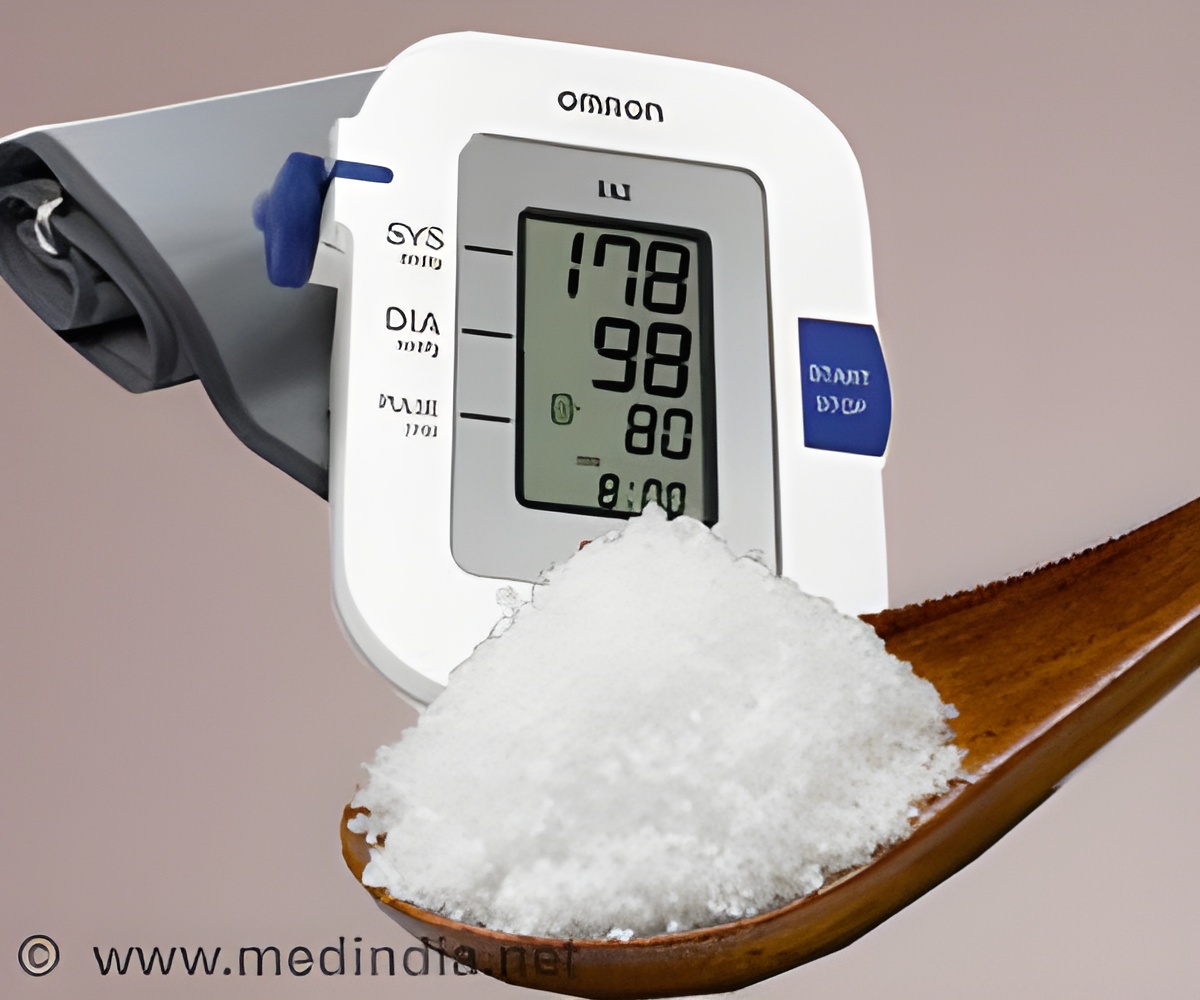Sodium channels are potential target for drug therapies as they are implicated in many serious conditions such as heart disease, epilepsy and pain.

The new Cambridge research was carried out by Sivakumar Namadurai and led by Dr Tony Jackson and Dr Dima Chirgadze from the University of Cambridge's Department of Biochemistry, and focussed on one of the -subunits, called β3. This molecule is particularly important in regulating sodium channels located on heart cells.
For the study, the researchers used a technique called protein X-ray crystallography to determine the atomic-resolution structure of a part of the 3-subunit called the 'immunoglobulin domain'. This region of the 3-subunit lies on the outside of the cell and binds to the heart sodium channel α-subunit.
They discovered that three 3-immunoglobulin domains come together to form a trimer (so-called because it is made up of three molecules). Using a technique called atomic force microscopy, Dilshan Balasuriya, led by Professor Mike Edwardson in Cambridge's Department of Pharmacology, imaged individual 3 trimers and confirmed that the complete 3-subunit trimers cross-linked up to three sodium channel α-subunits.
"Our results were unexpected," said Dr Jackson. "We have been working on the 3-subunit for about 14 years. In all that time, we have had to infer events at the molecular level indirectly. To actually see the atomic structure of the subunit and how it forms the trimer was one of those rare 'a-ha!' moments, like switching on a light bulb."
Dr Chirgadze added: "Our research has important implications for our understanding of the mechanism of sodium channel behaviour. Up until now there has been an assumption that individual sodium channels function independently. But this might be too simple a view. One very exciting possibility is that the cross-linking of sodium channel α-subunits by 3 trimers could lead to several sodium channels being functionally connected together. If correct, this would allow a more efficient initiation of the action potential."
 MEDINDIA
MEDINDIA




 Email
Email






